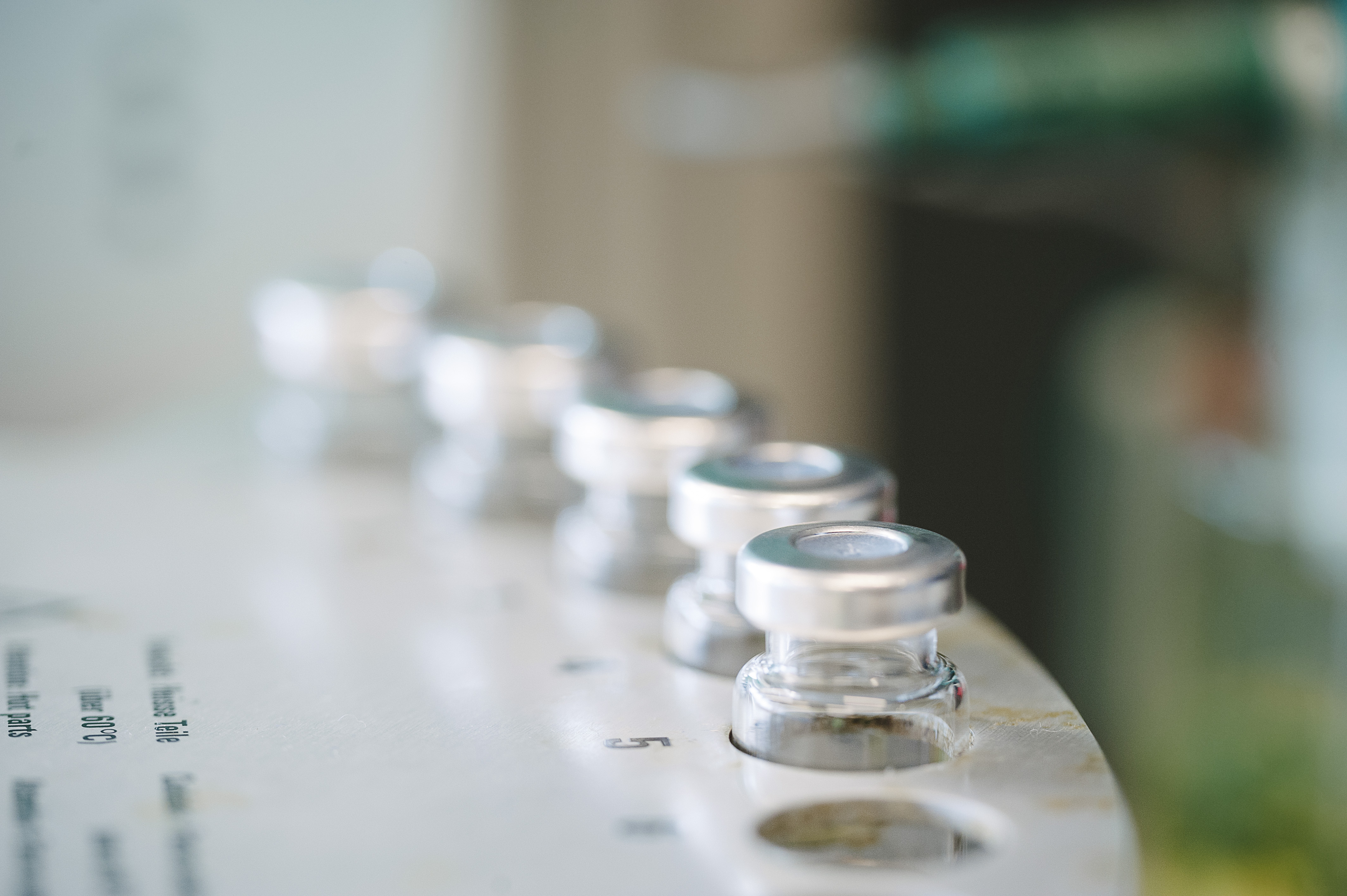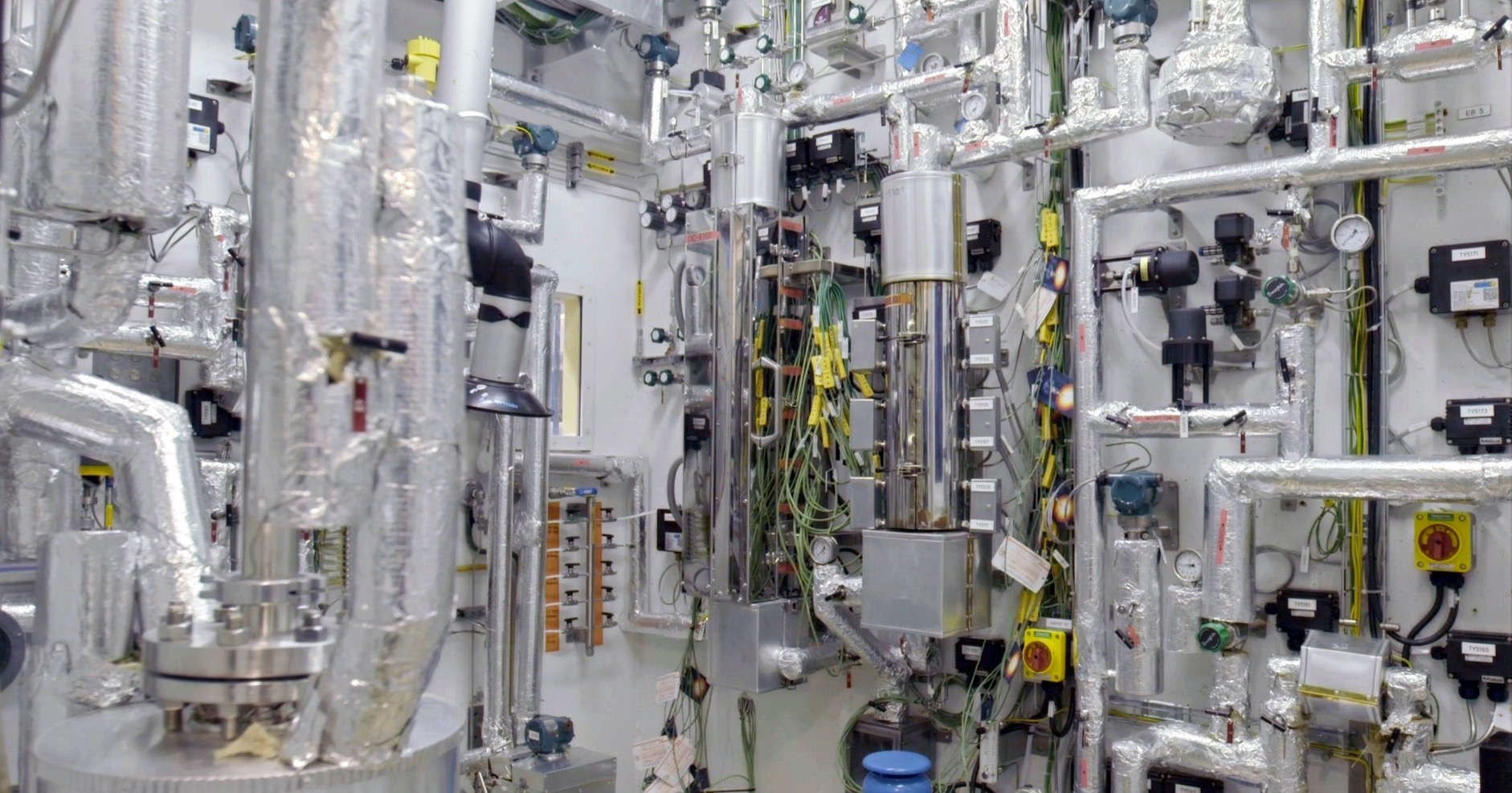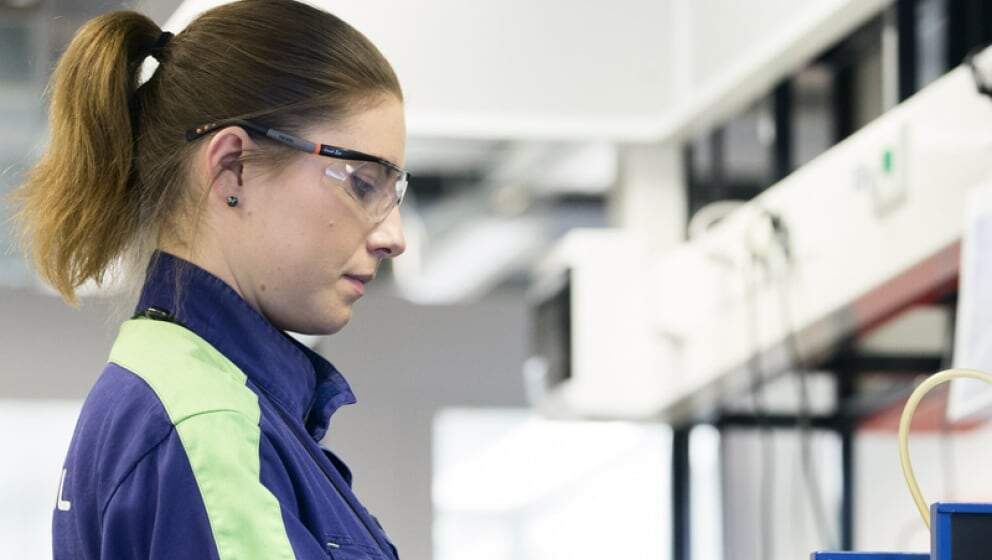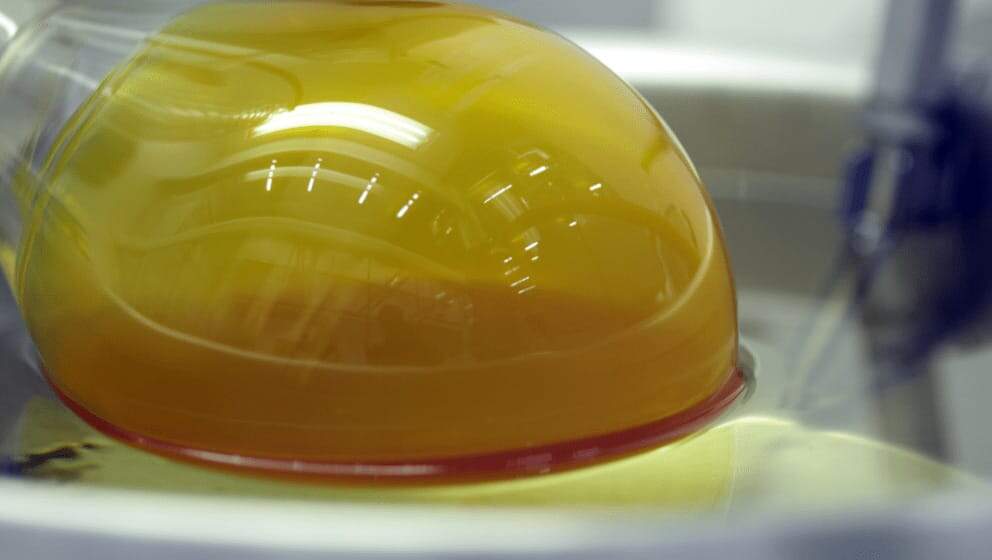Our Approach
Our approach to innovation is a combination of the world's needs and our capabilities. It takes both curiosity and determination to tackle the challenges of raw materials, process and emissions. To meet the challenge we have a task force scouting for ideas, top of the art research labs, engineering knowhow to bridge the gap between research and industrial scale and capabilities for commercializing the business.
Discovery of new
Neste continuously explores new growth opportunities. This is achieved through systematic scouting and evaluation of new technologies and start-ups as well as monitoring of the renewable and circular solutions landscape for emerging trends and leads. We furthermore carry out foresight work, which aims at identifying game changing opportunities and promoting forward-looking and opportunity-focused mindset within Neste.
Identifying game changers
The criteria for the new we are looking for are quite simple. Whatever it is, it needs to be even more sustainable than what we have now, it must be scalable and we must be able to make it profitable.
We have a dedicated, cross-disciplinary task force that is constantly looking for new opportunities and chances to collaborate. This group follows closely the key trends and drivers in the innovation landscape, including academic research, new technology development and start-ups, patents and regulation. We connect with the brightest minds and ideas, most ambitious start-ups and innovative companies globally. To encourage sharing of ideas, we regularly organize open innovation campaigns.
To get from new ideas to innovations we use a dedicated team to incubate new ideas to concrete business opportunities for commercialization.

Research and Development
Research and development has always been at the core of our operations. Over the past decades we’ve solved numerous technical challenges – for example how to turn low quality raw materials into high quality fuels – and that has fostered a strong culture of innovation and problem solving. We drive transformation of the company by developing solutions to increase the use of renewable and circular raw materials for sustainable fuels, chemicals and plastic materials.
Analytics & Quality Control
Our in-house quality control laboratory works 24/7 and analyses 360,000 samples of feedstock, intermediate products and final products in a year to support our Porvoo refinery. Our research laboratory runs an additional 25 000 analyses per year. Shared know-how and close collaboration between our quality control and research laboratories means that the innovation teams have access to world class analytics infrastructure and experience. This gives us the platform to test and analyse our innovation and R&D work effortlessly in-house with seamless collaboration between researchers, chemical engineers, pilot plant operators and lab technicians.

Catalyst Research
One of the most fundamental areas of know-how in our refineries, are the catalytic processes. Efficient production of modern fuels would be practically impossible without catalysts. Catalysts are substances that accelerate and enhance chemical reactions throughout the refining process, without being depleted themselves. As our feedstock becomes increasingly heterogeneous and the requirements for our end-products constantly rise, we must be among the world leaders in catalytic processes.
Currently about 70 people at Neste R&D focus on catalysts we use in our proprietary processes. We also work closely together with specialized catalysts developers, producers and providers. Examples of recent breakthroughs in catalyst development are renewable Neste MY products that would not be possible without catalysts dedicated to that manufacturing process. Our low sulfur marine fuel for ships is also fundamentally a product of innovation in catalysts.
 Nobel metals are common catalysts. Catalysts can be very expensive and are often on lease from the catalyst producer. The expensive materials return to the producers for clean up and can be used again and again.
Nobel metals are common catalysts. Catalysts can be very expensive and are often on lease from the catalyst producer. The expensive materials return to the producers for clean up and can be used again and again.
Demonstration and Pilot Plants
Our innovation work does not end in the lab. We run several demonstration facilities and piloting platforms, that are essentially room-sized top of the line refineries. Using these facilities we can push our innovation effort further and continuously test, demonstrate and pilot the new products and processes in our pipeline. We've also built a support structure around these demonstration and piloting facilities that can serve any need that may arise. For example, we have our own metal shop with mechanists that can produce any part needed. This approach is a huge agility advantage at this point of our innovation funnel.

Technology development, scale-up and execution
It's vital to have plenty of ideas but it is critical to be able to pick the viable ones and develop them into implementation.
At Neste one of our core strengths is our 800 person strong Neste Engineering Solutions unit developing new technologies, often together with our partners and clients. Research is where things begin, but our core strength is how it connects to our engineering ability. Together experts from research, technology development and engineering build the bridge from an idea to implementation and finally hand it over to execution experts.
The most notable recent example of this joined effort is our proprietary NEXBTL technology to produce renewable products. Great things happen when engineering and business excellence accelerate the research effort.
New Business Development
Our business development teams take ideas to the next level, towards full commercialization. This is done in dedicated organizations we call new business platforms.
Aviation Feedstock
In aviation, unlike in many other sectors where liquid fuels are used, there is no prospect in sight for the amount of jet fuel to decline. Sustainable aviation fuels are needed in increasing volumes in the quest for decarbonizing aviation. A future where we can all fly in a sustainable way will require for us to tap into all possible, sustainable renewable and circular raw material resources. Neste’s Aviation feedstock business platform is dedicated to this quest. Our current focus is to support, develop and invest in industrial scale algae production and utilization of municipal solid waste for aviation fuels.

Microalgae for Aviation Fuels
Microalgae offer an excellent raw material for aviation fuels. Efficient, large-scale cultivation methods are still needed. Small farms are sufficient for manufacturing high-value products for cosmetics or health food. But growing microalgae on the hundred-fold greater scale needed for mass production of fuels remains a challenge. On top of that, we need to find efficient ways of extracting the oils for further processing. We are actively searching for partners and technologies to make economically viable microalgal cultivation a reality. Read more on algae in our raw materials article.
Our NEXBTL technology is already fully capable and ready to use algae as a feedstock for renewable diesel and premium jet fuels.
If you are interested in partnering with us for the cultivation of microalgae, please contact us.
Solid Waste to Jet Fuels
Our aviation feedstock business platform is also looking at turning untapped municipal solid waste streams into jet fuels. Our main priority is to find the best partners, waste sources and locations, and technologies to create efficient value chains from waste collection to pre-treatment and eventual refining.
Read more on Municipal Solid Waste in our raw materials article.
Lignocellulose
Waste and residue streams from agriculture and forestry practises provide viable and sustainable solutions for renewable chemicals, fuels and materials. In many areas of the world these side streams are largely unutilised. We seek new opportunities to refine these untapped side streams into value added products. Our engineering capabilities and ability to invest locally, close to the source of the raw material, are key ingredients in creating economically viable businesses in this field.
Read more on lignocellulose in our raw materials article and our partnerships here.

Power-to-X
The present fuel demand is so vast, that waste streams and biomass are not enough to solve our dependency on fossil fuels. We need to look beyond. The increasing amount of renewable electricity offers a solution. With the so-called Power-to-X technologies we can convert electrical energy into fuels, chemicals and materials, and that way bring renewable electricity into applications where direct electrification does not come into question. Power-to-X pathways will play a crucial role in the years to come, as they offer a solution detached from biomass, while recycling CO2.

Power-to-X as a solution to industry CO2 emissions
Hydrogen is widely used in the chemical and refining industry. Vast majority of this hydrogen is produced from fossil sources, resulting in significant CO2 emissions. Renewable hydrogen, produced from water with renewable electricity, offers large CO2 reduction potential to the refining and chemical industry. In addition, use of CO2 from industrial emission sources as a building block for value added products can play a significant role in transforming the industry towards carbon neutrality. Renewable hydrogen in refining and use of CO2 in fuels, chemicals and materials, are some of the new opportunities our business development is currently working on.
More on our latest investments in Power-to-X technology:

Contact us at Innovation

